I’ve just had a fabulous week painting in France – blessed with beautiful weather until the very last day when a much-needed downpour arrived – the commune next door had actually run out of water. I was staying in the Creuse valley near Crozant – a stunningly lovely area of medieval villages, ruined castles, picturesque bridges and rivers and charming small towns, often referred to as the Forgotten France.
I took up painting about 8 years ago and mostly do watercolours but I decided to lose my oil painting virginity on this trip. I’m not a serious painter. I just love losing myself in the concentration required to produce a piece of art. To me it’s a form of meditation – when I’m painting I don’t think about anything else. While I’m always thrilled if something comes out better than I hoped but I don’t lose any sleep over it – to quote the lovely and talented Mo Teeuw who oversaw my oily experimentation, “Paint for the bin!” – then if you want to keep it it’s a bonus.
I did a couple of watercolours first, to get my hand in – I had broken my wrist back in May and hadn’t done any painting since then (when I had a go left-handed), then tried out oils. I must say I really enjoyed it. It takes a bit of getting used to after watercolours – doing light into dark instead of dark into light – and I had to stop myself using the turps as if it was water and constantly dipping my brush. I got back home and immediately ordered some supplies. It does of course mean my house will end up stinking of turps but what the heck!
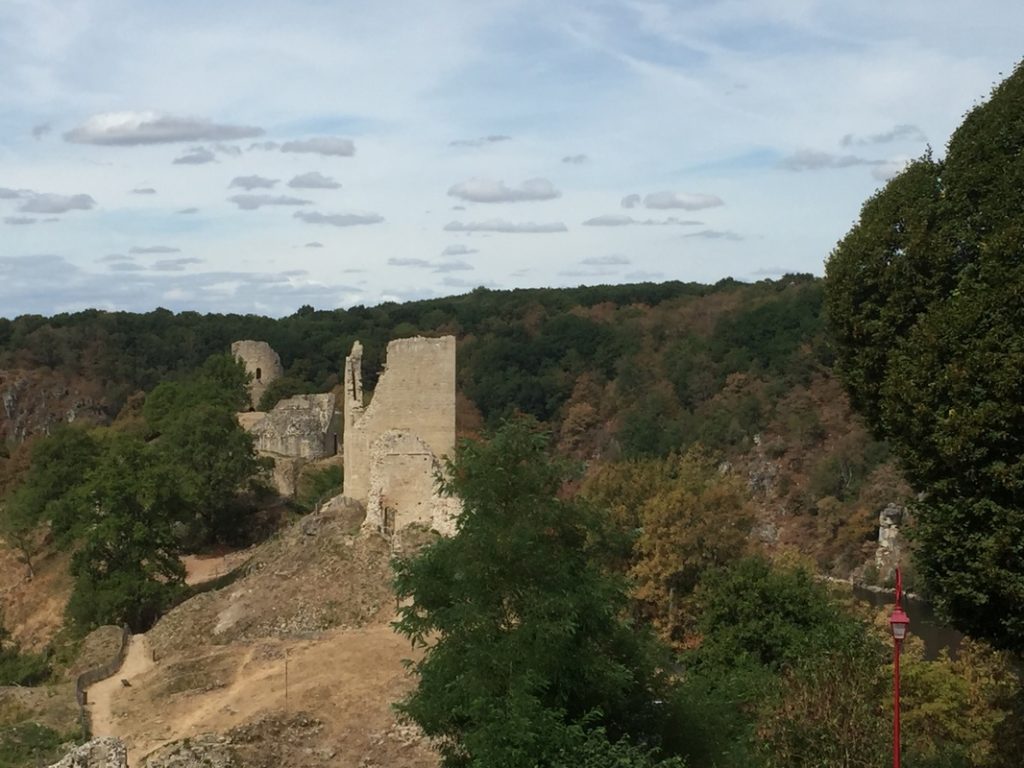
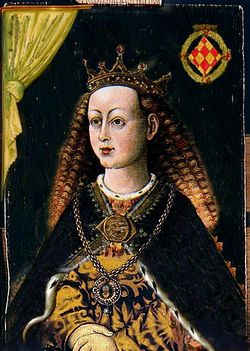
Image of Isabella of Amgouleme, public domain via Wikimedia Commons
The region of Crozant is described as the birthplace of Impressionism as George Sand used to drag trainloads of artists from Paris to the area, notably Armand Guillaumin. The Creuse and Sedelle rivers, the castle ruins of Crozant (above) and the rolling countryside were magnets for the artists. The castle is now surrounded by mature trees but at the time the scenery was more open with lots of heather.
Crozant was home to Isabella of Angouleme, who in 1200, at twelve years old, married King John of England (he of the Magna Carta) then after his death, five children (including King Henry III) and rumoured affairs on both sides, married the son of the man she had originally been betrothed to, Hugh X of Lusignan, and produced another nine children with him. Having ditched Hugh’s father to marry King John, Isabella actually snatched Hugh from her own daughter – as Hugh decided Isabella was better looking than Joan. An alternative match with Alexander II King of Scotland, was quickly arranged for the disappointed girl. Old Isabella appears to have been a bit of a bad girl, falling out with all and sundry, including the Pope and the King of France, whom she allegedly paid two cooks to poison and had to flee for her life to the sanctuary of the Abbey of Fontevraud, where she died 2 years later in 1246. Isabella sounds quite a character so maybe if one day I feel inclined to write a biographical novel….
I’m now safely back in England, having driven down to the Creuse by car. It was fine on the way down as I took it slowly over two days and stopped off in Chartres, avoiding the toll roads. Coming back I had a mad dash through France to get to my ferry at Dieppe and discovered that paying tolls is a pain in the butt when you have a British right-hand-drive car and no passengers. I have returned with bronchitis and had to miss a book-signing at the Triskele Literary Festival today in London – boo-hoo!
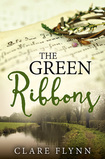 My latest novel, The Green Ribbons, is available from Amazon or can be ordered from your local bookstore.
My latest novel, The Green Ribbons, is available from Amazon or can be ordered from your local bookstore.
To be alerted to special offers and the release of new books please sign up here. You’ll receive a free short story based on my great great grandparents’ visit to The Great Exhibition in 1851 – it’s not available anywhere else.

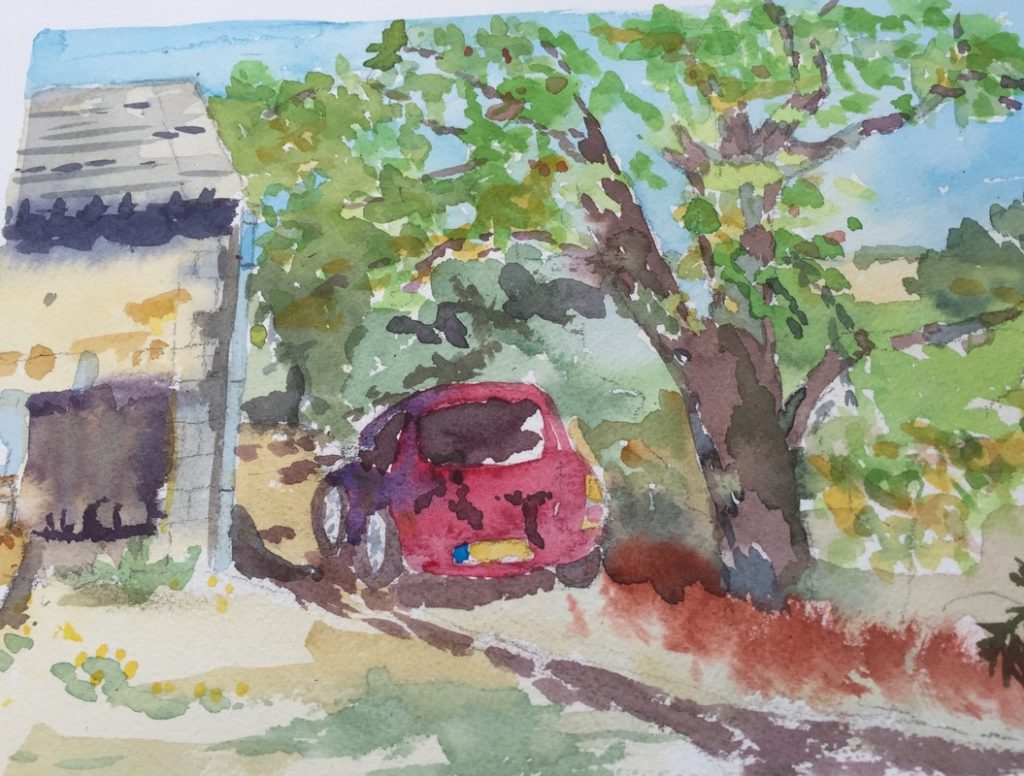
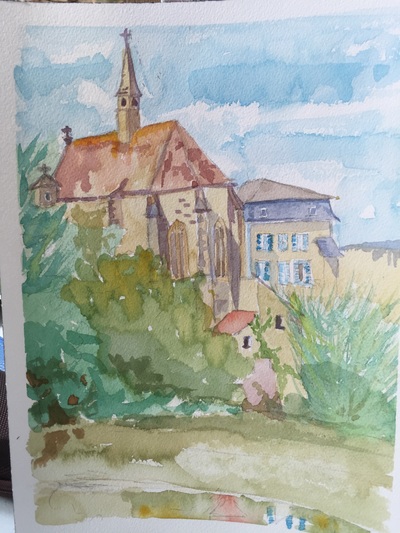
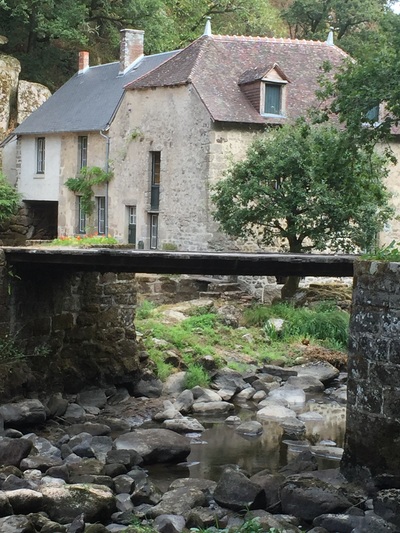
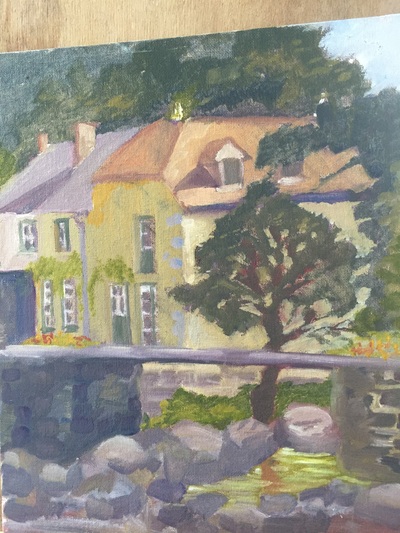
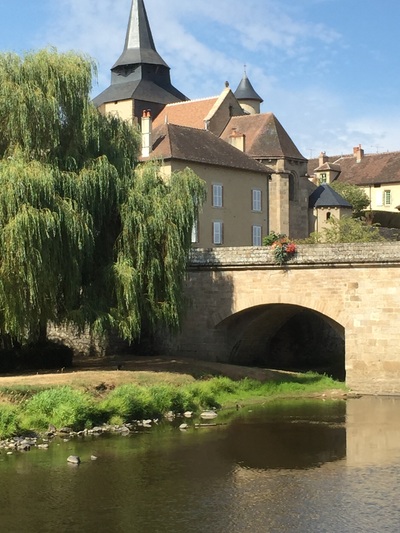
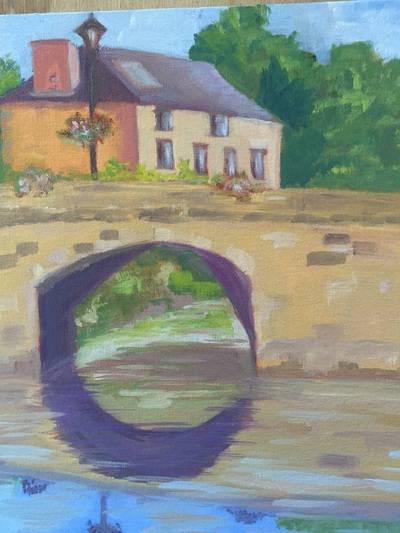
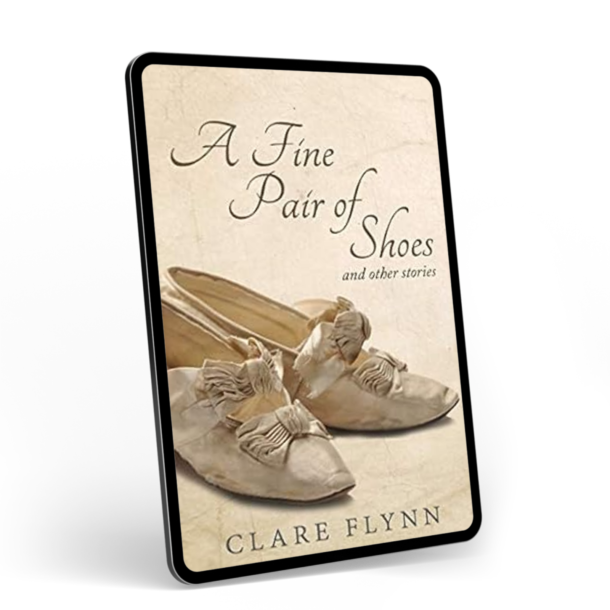
0 Comments